How to use WolfPack CRM to prospect to customers and agents.
Watch the video below to learn how to start prospecting using ActiveCampaign.
Prospecting Automations Overview
This article provides a comprehensive guide on setting up and utilizing prospecting automations in our system. These automations help you effectively manage and follow up with potential clients, ensuring that your prospecting efforts are well-organized and efficient.
Introduction to Prospecting Automation
Prospecting automations are pre-configured sequences designed to help you manage your outreach and follow-up activities with potential clients.
There are two main types of prospecting automation available:
1. Prospecting Automation: This automation is triggered by adding a specific tag to a contact.
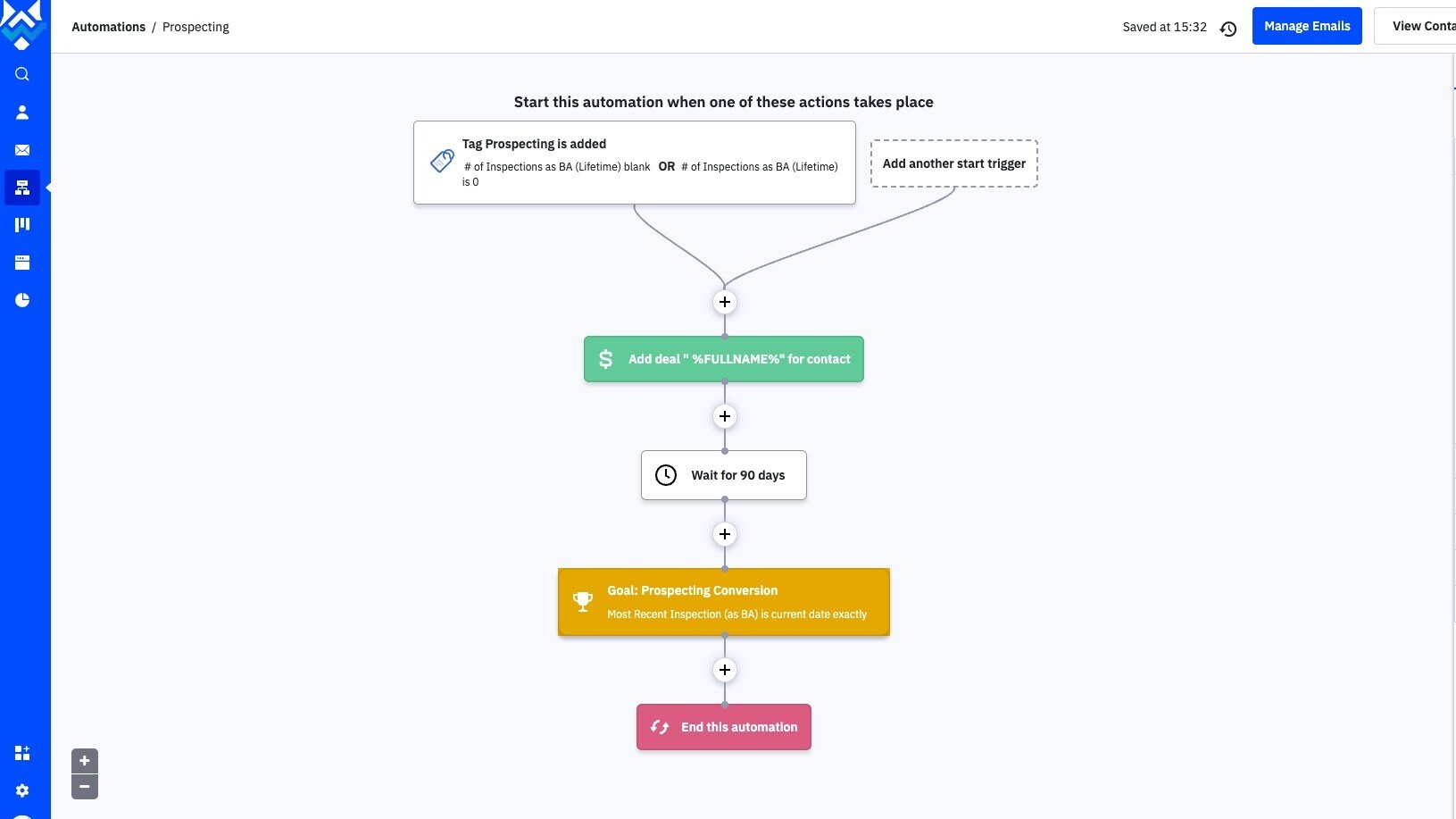
2. Presentation Follow-Up: This automation can be used for follow-ups after presentations, networking events, or other similar activities.
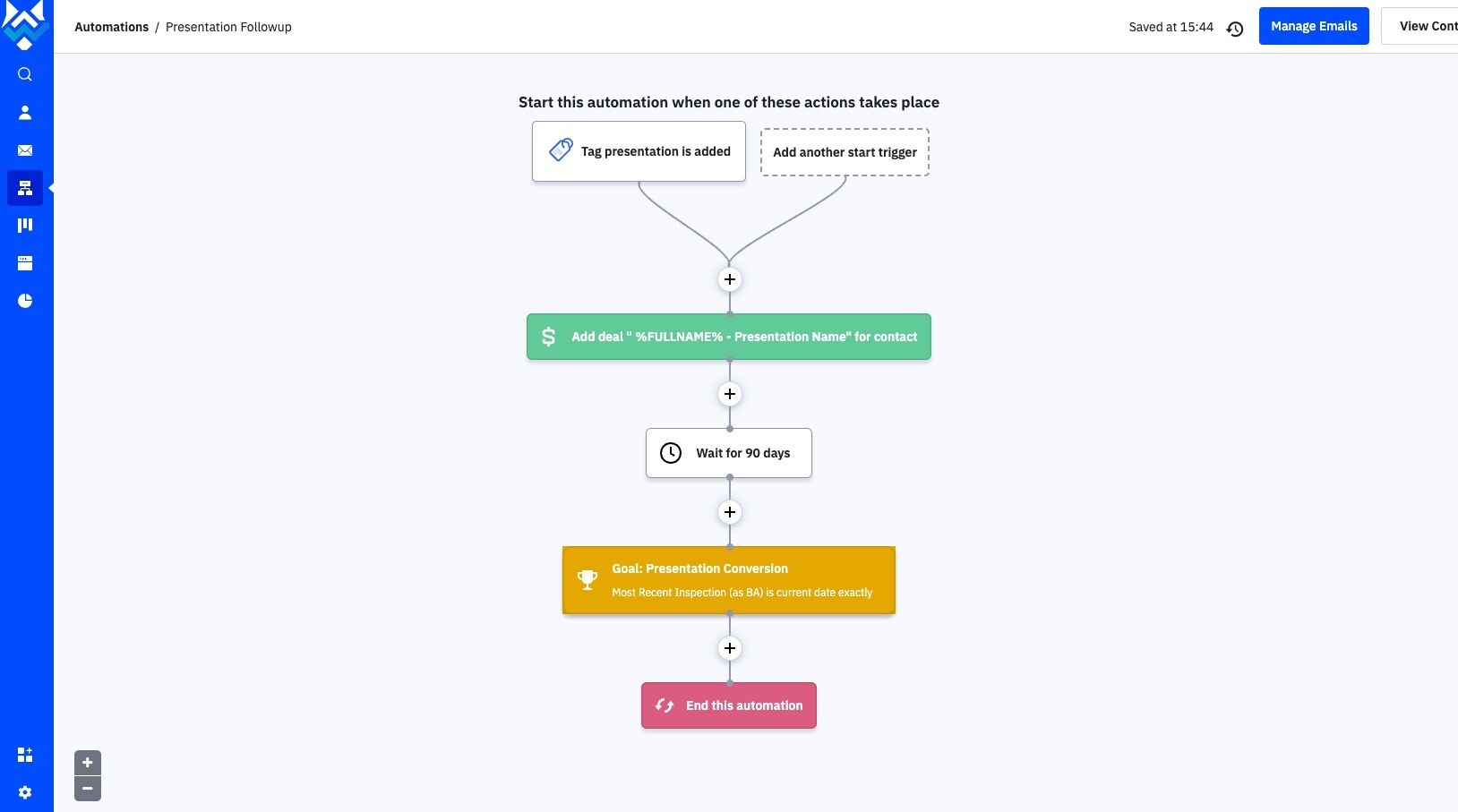
Setting Up Prospecting Automation
Start Trigger
The start trigger for prospecting automation is when a specific tag, such as "prospecting," is added to a contact. This can be done individually or in bulk:
-
Individual Tagging: Add the tag by navigating to the contact section and typing in "prospecting."
-
Bulk Tagging: Add the tag to multiple contacts by selecting them in the contact list and using the "edit all" function.
Segment Conditions
The automation includes a segment condition to ensure that only new prospects (who have never worked with your company) enter the automation. The condition checks if the number of inspections as a BA lifetime is blank or zero.
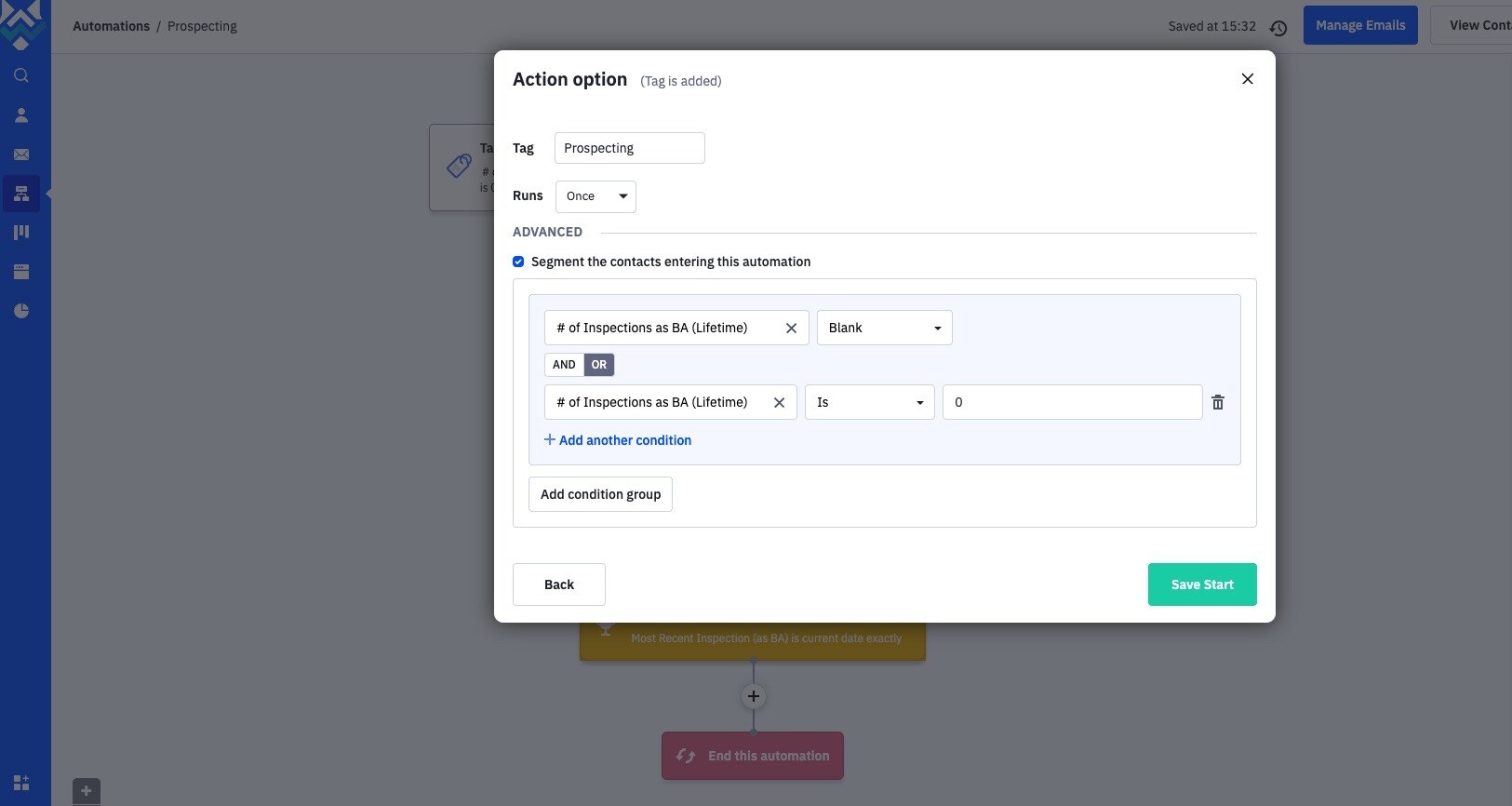
Creating a Prospecting Automation
Adding a Deal

To track the return on investment (ROI) for your prospecting efforts, add a deal at the beginning of the automation. This allows you to monitor progress and outcomes. Set up the deal with the following steps:
-
Deal Information: Enter the contact's full name and average inspection fee.
-
Pipeline: Place the deal in a dedicated prospecting pipeline.
-
Assignment: Assign the deal to the responsible owner, which could be yourself or another team member.
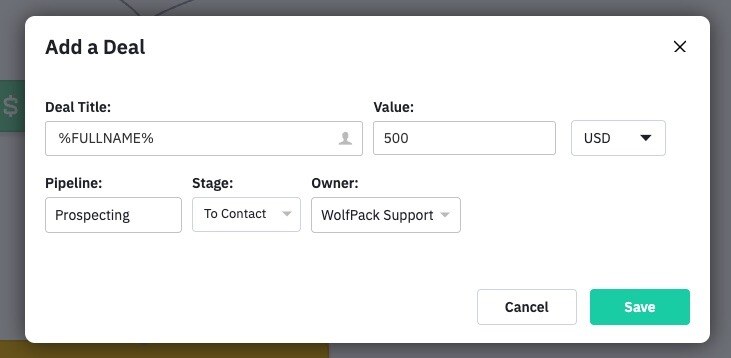
Conversion Tracking
Include steps to wait for a certain period and track conversions. The conversion goal is set when the number of inspections as a BA lifetime is greater than or equal to one.
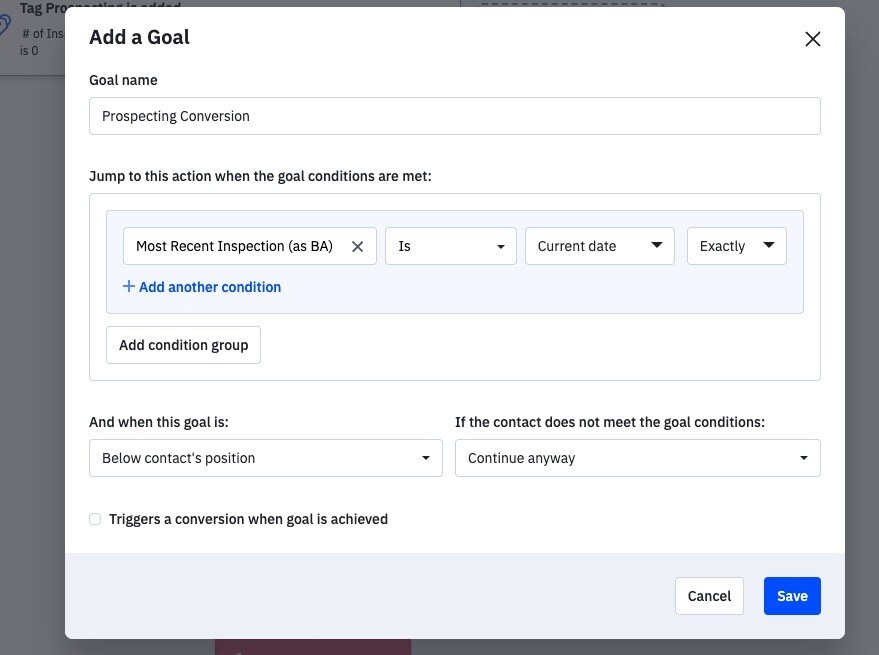
Building a Prospecting Sequence
Initial Steps
1. Cold Call: Create a task for a cold call, providing a description and a due date.
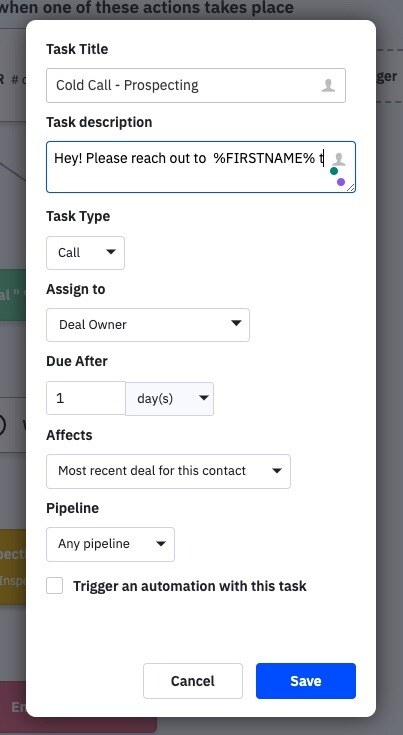
2. Follow-Up Email: Set up a task to send a follow-up email after the cold call.

3. Social Media Interaction: Add a task to engage with the prospect on social media.
Follow-Up and Conditional Steps
After the initial contact steps, include wait and if-else conditions to handle different outcomes:
1. Wait Step: Set a waiting period (e.g., three days) after the initial contact steps.
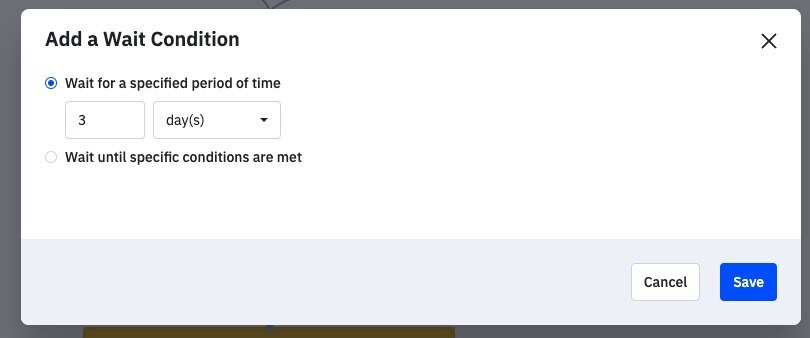
2. If-Else Condition: Check if a meeting was scheduled. If yes, proceed to follow-up steps. If no or not yet, handle accordingly:
-
Yes: Update the deal stage and wait for 30 days before further follow-up.
-
No: Mark the deal as lost and end the automation.
-
Not Yet: Loop back to the top to reattempt contact.
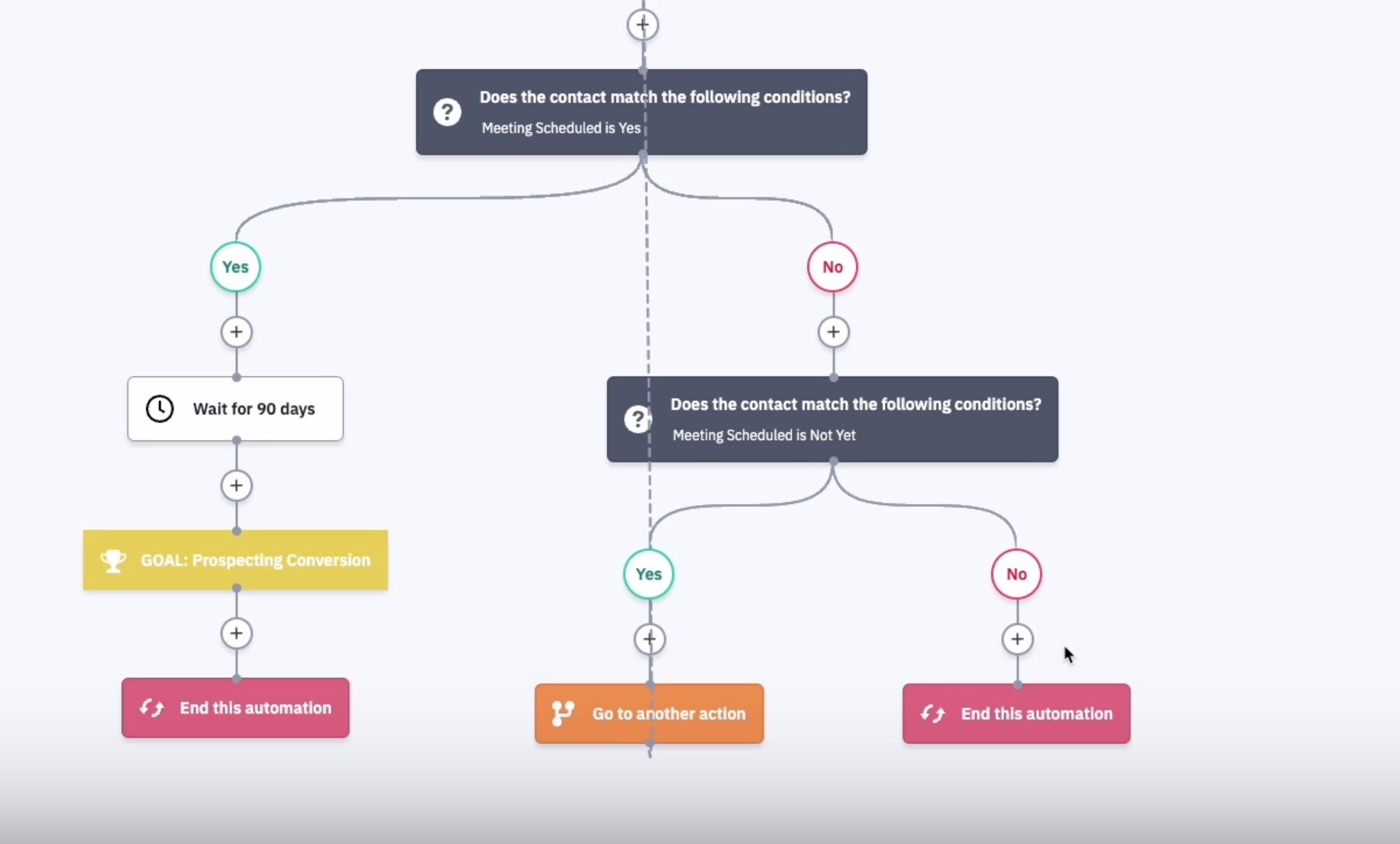
Advanced Customization
Contact Attempts
To avoid repeatedly contacting uninterested prospects, track the number of contact attempts:
1. Custom Field: Add a custom field for "number of contact attempts made."
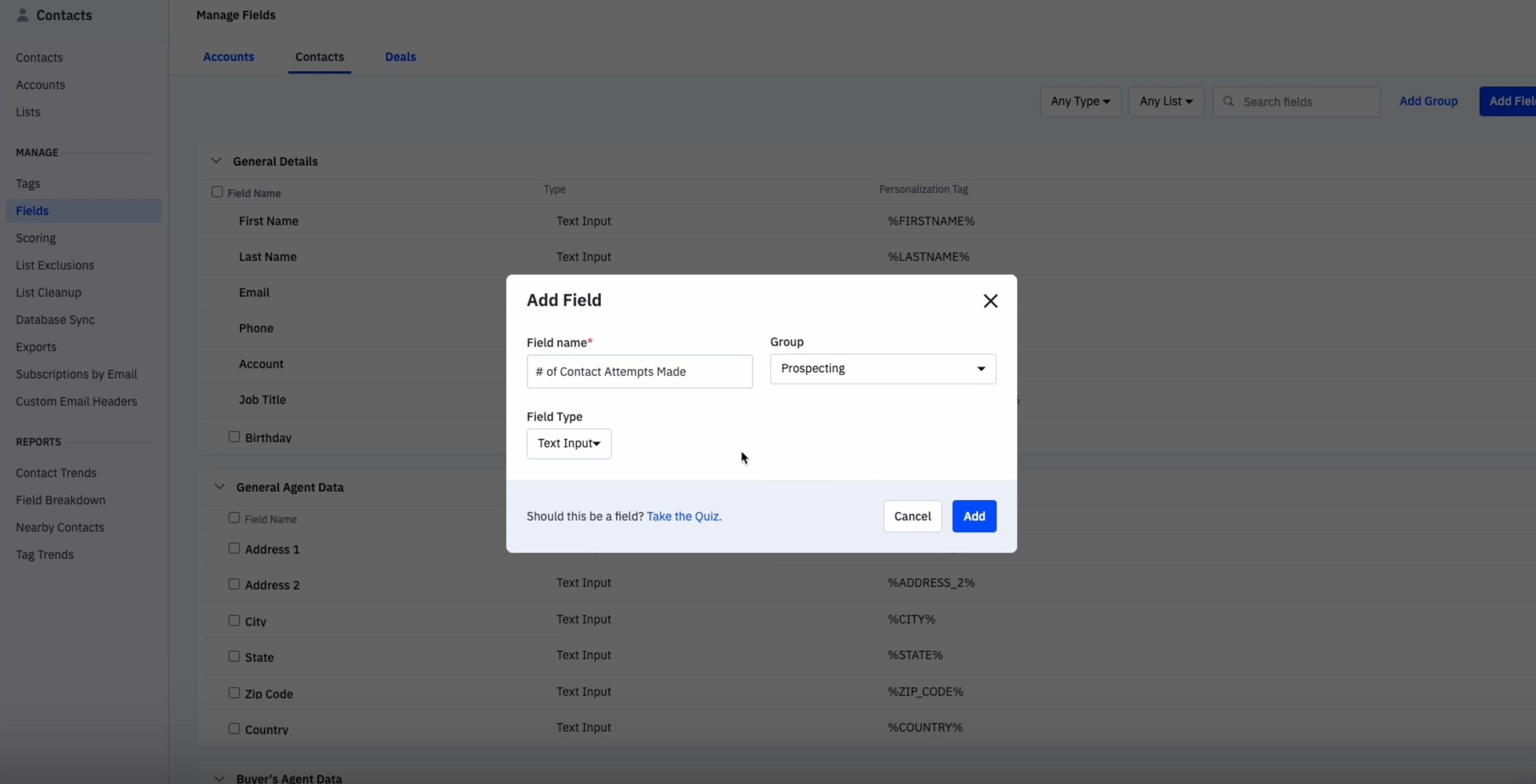
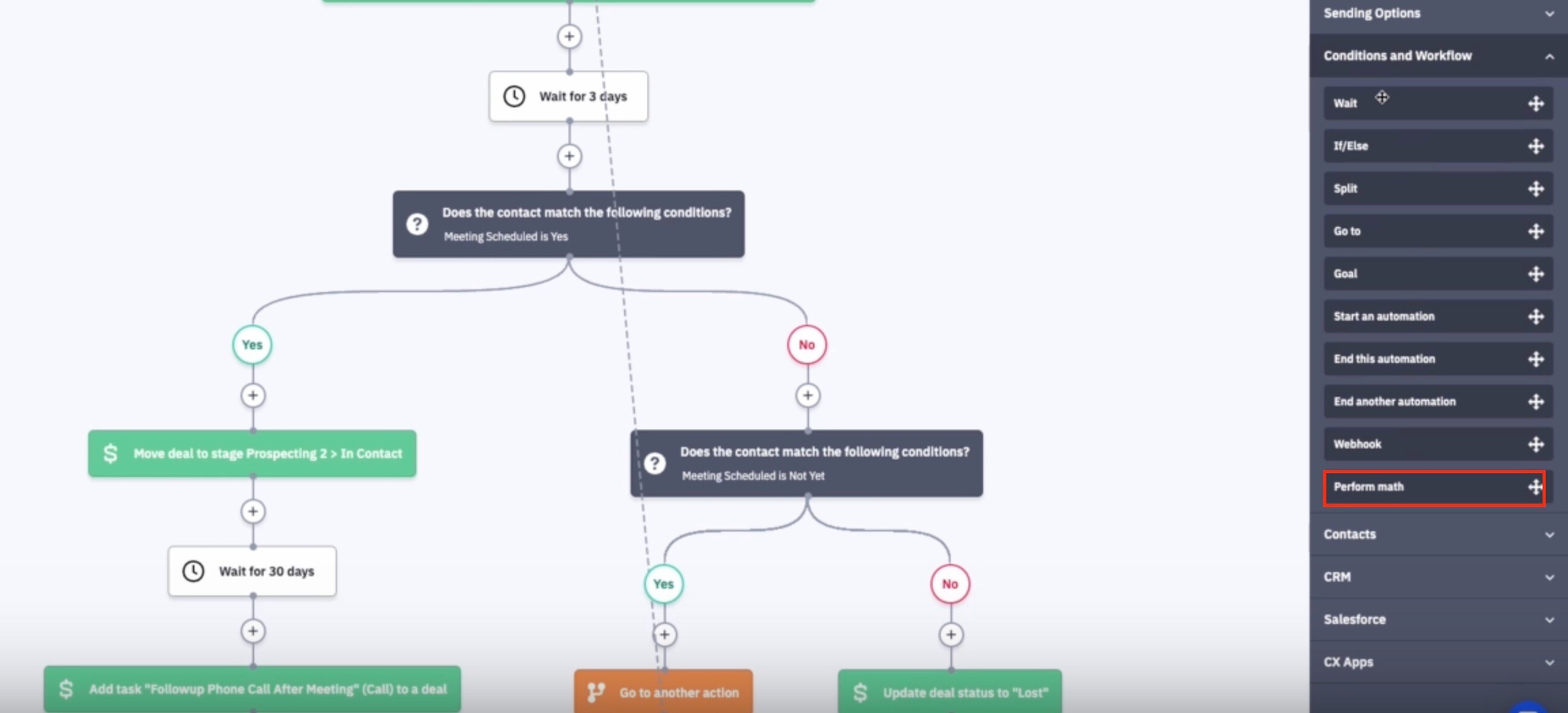
2. Increment Field: Increase the contact attempt count each time an attempt is made.
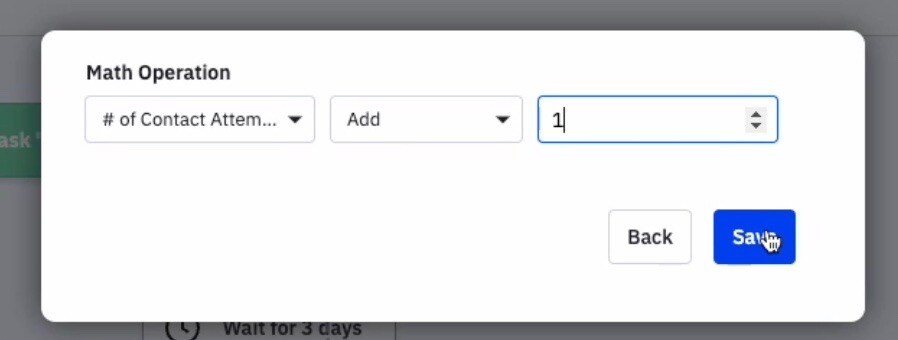
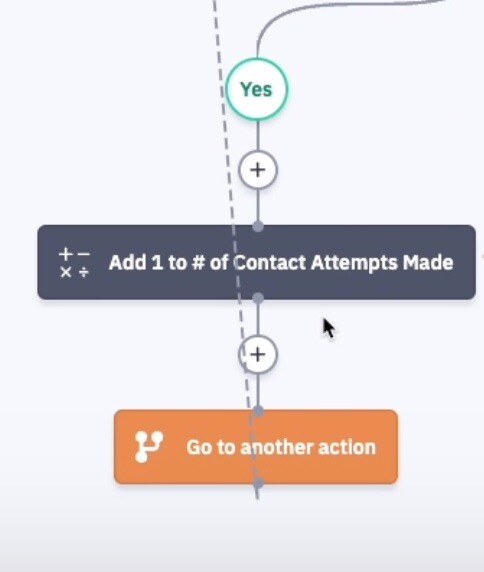
3. Limit Attempts: Use an if-else condition to end the automation after a specified number of attempts (e.g., four attempts).
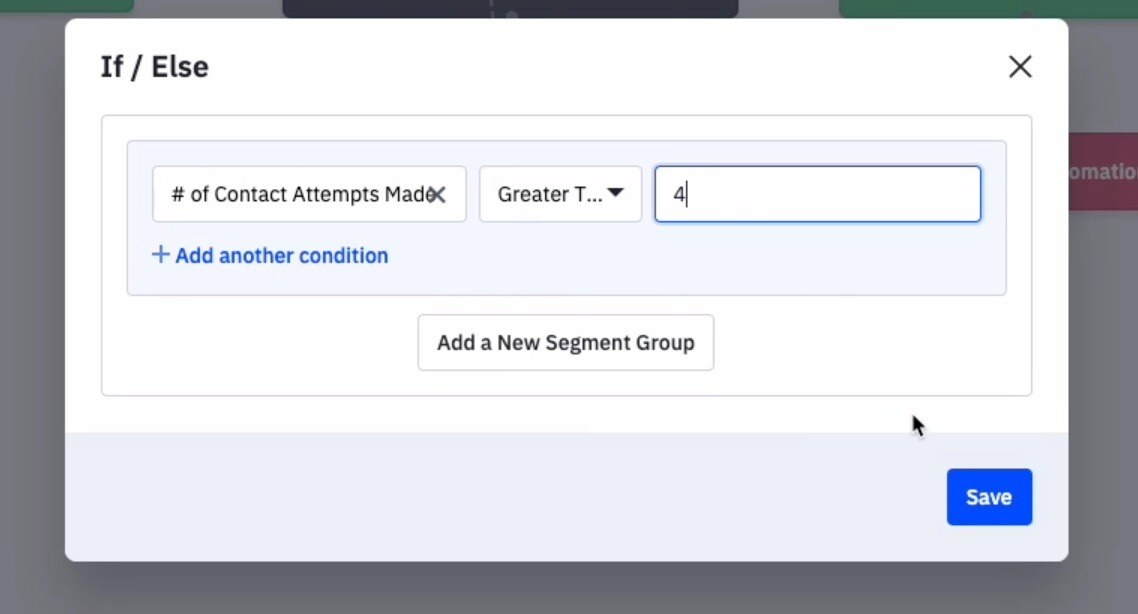
Finalizing the Prospecting Automation
Ensure your automation is comprehensive and effective by including all necessary steps and conditions. Customize the sequence to fit your specific needs and follow the outlined structure to maintain organization and efficiency in your prospecting efforts.
Conclusion
Prospecting automation is an essential tool for managing your outreach and follow-up activities with potential clients. By setting up this automation correctly, you can streamline your prospecting process, track your ROI, and effectively convert prospects into clients. For further assistance, use the chat bubble to reach out to our support team.


